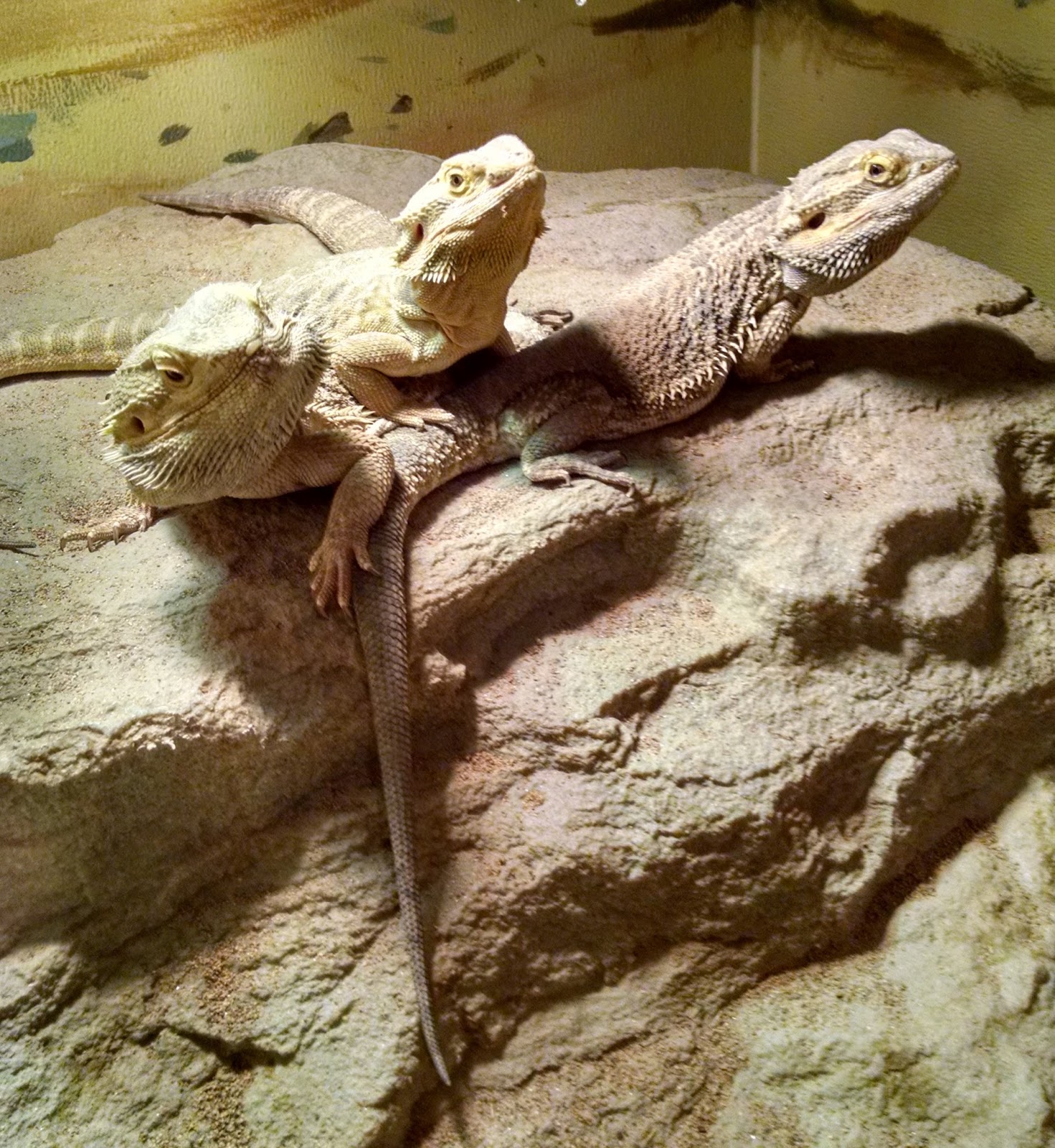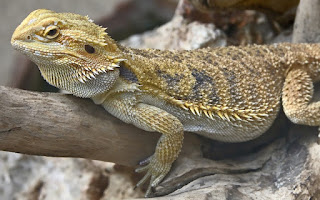The Ultimate Guide to Creating a Bearded Dragon Dig Box Substrate: Everything Beginner Owners Need to Know
Introduction
Bearded dragons are fascinating reptiles that make great pets. They are relatively easy to care for, but they do require some specific needs in order to thrive. One of these needs is a dig box substrate. A dig box is important for the mental and physical health of your bearded dragon, and it’s also a lot of fun to watch them explore and dig around in it.

What is a Dig Box for Bearded Dragons?
A dig box is a designated area inside your bearded dragon’s enclosure where they can dig and explore. This can be as simple as a small container filled with appropriate substrate material, or as elaborate as a large pit dug into the floor of the enclosure.
Why is a Dig Box Important for Bearded Dragons?
Bearded dragons are naturally curious and active creatures. They need mental and physical stimulation to stay healthy and happy. A dig box allows them to engage in natural behaviors like digging and exploring, which helps keep them mentally stimulated and active.

A dig box also serves a practical purpose. When properly set up, it can help prevent impaction. Impaction is a common health condition in bearded dragons, where the digestive tract becomes blocked by something they’ve eaten. When bearded dragons eat, they tend to swallow small bits of substrate material. By providing a designated area for them to dig, you can help reduce the risk of them accidentally swallowing too much substrate material.
Choosing the Right Substrate for Your Bearded Dragon Dig Box
Not all substrate materials are safe or suitable for bearded dragons. Some materials can cause impaction or other health issues, so it’s important to choose the right substrate when setting up your bearded dragon’s dig box. Here are some popular choices for bearded dragon dig box substrates:
1. Soil
Mineral-rich topsoil is a popular choice for bearded dragon dig boxes. It’s easy to find, affordable, and very safe for your bearded dragon. Before using topsoil, make sure it’s free from pesticides, fertilizers, and other chemicals that could harm your pet.

2. Sand
Sand is another popular choice for bearded dragon dig boxes. It’s easy to find and very affordable. However, there are some concerns about using sand as a substrate material. Fine sand particles can be accidentally ingested by your bearded dragon, leading to impaction. If you choose to use sand, make sure it’s not too fine and that it’s well-sifted.
3. Coconut Coir
Coconut coir is a substrate material made from coconut husks. It’s very safe for bearded dragons and holds moisture well. However, it can be expensive and can sometimes lead to mold growth if not kept properly clean and dry.

4. Play Sand
Play sand is a fine-grain sand that’s often used in children’s sandboxes. It’s affordable and readily available, but it’s also very fine and can be accidentally ingested by your bearded dragon. If you choose to use play sand, make sure it’s well-sifted before adding it to your bearded dragon’s enclosure.
Setting Up Your Bearded Dragon Dig Box
Now that you’ve chosen the right substrate material for your bearded dragon dig box, it’s time to set it up! Here’s how:
Choose a Container
The first step is to choose a container for your bearded dragon dig box. You can use anything from a plastic storage bin to a terracotta dish, depending on the size of your bearded dragon and the size of the enclosure.

Fill the Container
Fill the container with your chosen substrate material. Aim for a depth of at least 4-6 inches, but the deeper the better. This will give your bearded dragon plenty of material to dig through and explore.
Add Decorations
You can add decorations to your bearded dragon’s dig box to make it more interesting and fun for them to explore. Try adding rocks, logs, or even some plastic toys to give your bearded dragon a more diverse environment to play in.

Keeping the Dig Box Clean
It’s important to keep your bearded dragon’s dig box clean to prevent the growth of harmful bacteria or parasites. Make sure to spot clean the dig box regularly, removing any feces, uneaten food, or dirty substrate. It’s also a good idea to completely replace the substrate every 2-3 months.
Conclusion
A dig box substrate is an important addition to your bearded dragon’s enclosure. Not only does it provide mental and physical stimulation for your pet, but it also helps prevent impaction and other health issues. By choosing the right substrate material and setting up your bearded dragon’s dig box properly, you can create an environment that’s both enjoyable and safe for your pet.
